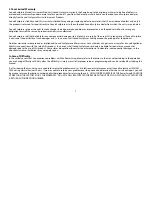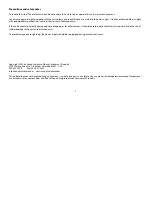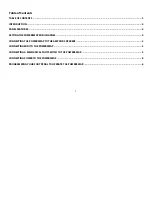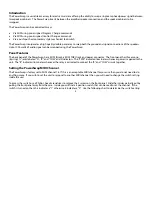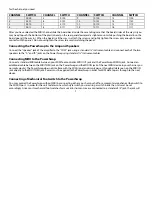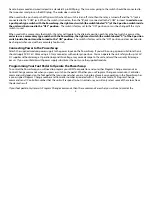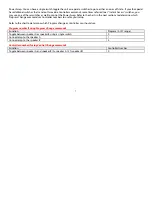
4
Introduction
The PowerSwap is a versatile accessory for electric musicians offering the ability to swap a single amp head power signal between
two speaker cabinets. The PowerSwap inserts between the amplifier speaker connection and the speaker cabinets to be
swapped.
The PowerSwap can be controlled 3 ways.
•
Via MIDI using pre-assigned Program Change commands.
•
Via MIDI using pre-assigned Control Change commands.
•
Via a push/push or momentary style mechanical footswitch.
The PowerSwap incorporates a high quality double pole relay to swap both the ground and signal connections of the speakers.
Up to 1000 watts of audio signal can be swapped using the PowerSwap.
Panel Features
The back panel of the PowerSwap has a MIDI IN jack, a MIDI THRU jack, and power connector. The front panel has three mono
(tip-ring) ¼” jacks labeled “A”, “B” and “COM” and 2 indicators. The “PWR” indicator illuminates whenever power is applied to the
unit. The “B” indicator illuminates whenever the relay is activated to connect the “B” and “COM” circuits together.
Setting the PowerSwap MIDI Channel
The PowerSwap is factory set to MIDI channel 16. If this is an acceptable MIDI channel for your use than you do not need to do
anything more. If you wish to set the unit to respond to another MIDI channel, then you will need to change the switch setting
inside the unit.
To access the switch use a Phillip’s head screwdriver to remove the 2 screws on the front panel. Slide the insides partially out by
pulling the front panel away from the case. Inside you will find a 4 position switch that can be used to set the channel. If the
switch is turned on then this indicates a “1” otherwise it indicates a “0”. Use the following chart to determine the switch setting


